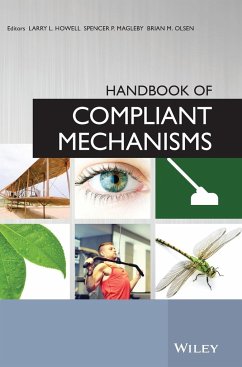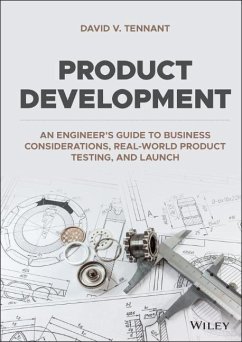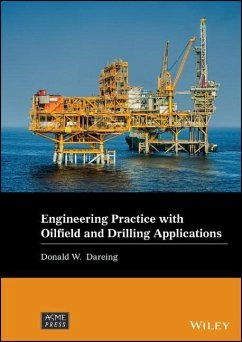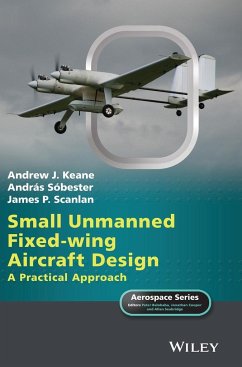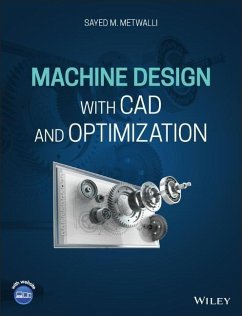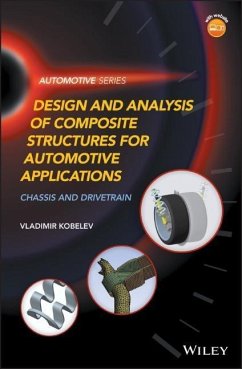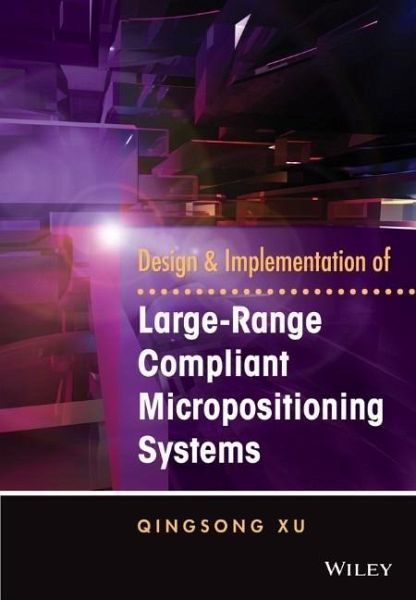
Design and Implementation of Large-Range Compliant Micropositioning Systems
Versandkostenfrei!
Versandfertig in über 4 Wochen
135,99 €
inkl. MwSt.
Weitere Ausgaben:

PAYBACK Punkte
68 °P sammeln!
An innovative and timely guide to the modeling, design and implementation of large-range compliant micropositioning systems based on flexure hinges
_ Features innovative compact mechanism designs for large-range translational and rotational positioning
_ Provides original and concise treatment of various flexure hinges with well-presented design and control methods
_ Focuses on design implementation and applications through detailed examples
_ Features innovative compact mechanism designs for large-range translational and rotational positioning
_ Provides original and concise treatment of various flexure hinges with well-presented design and control methods
_ Focuses on design implementation and applications through detailed examples




